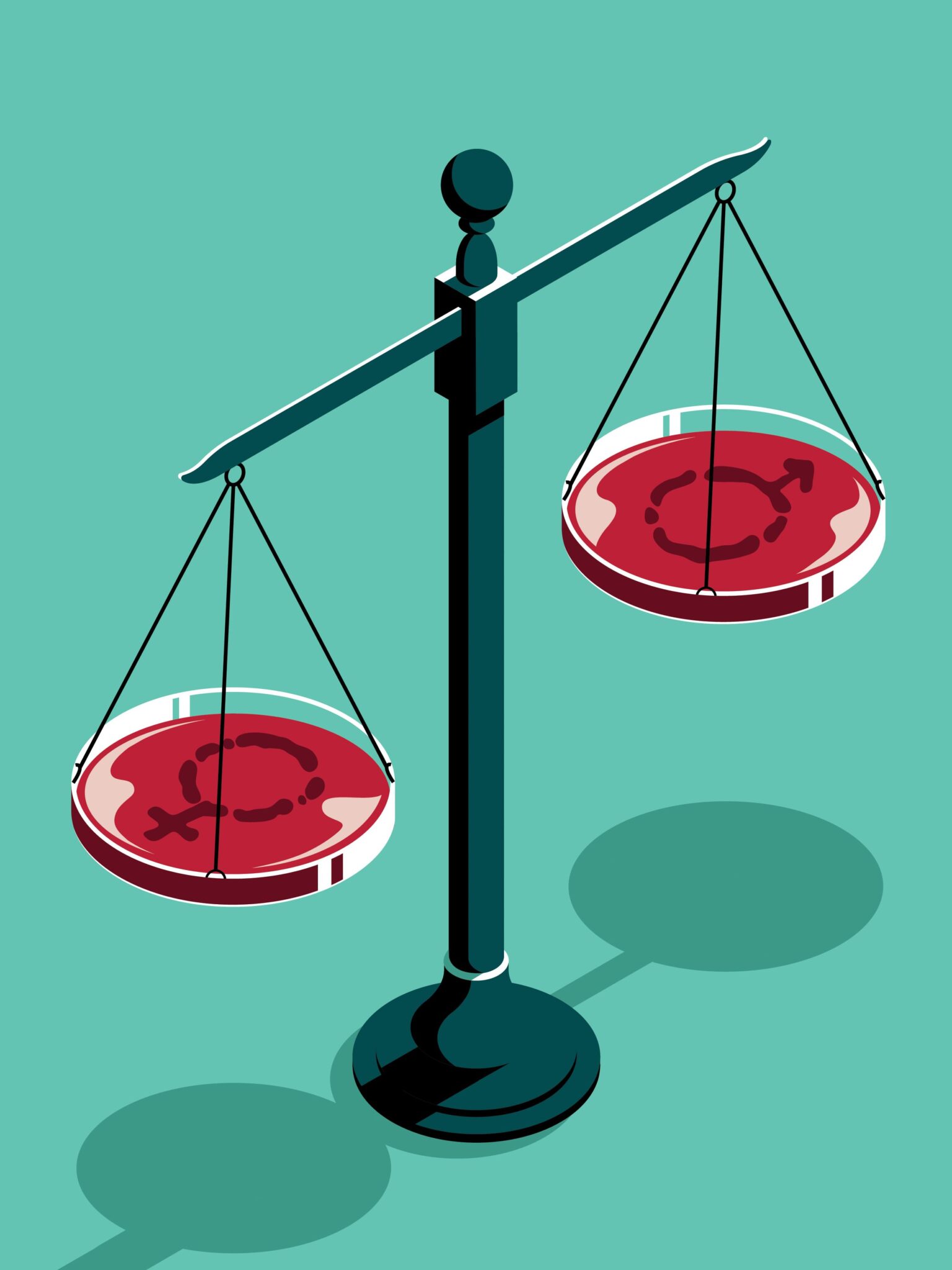Read the original article here >
Brigham & Women’s Hospital Magazine
Summer 2023
How do we balance the scales for women’s health?
Much of what we know about how to diagnose and treat disease is based on years of medical research that focused almost exclusively on males.
“Until recent decades, it was assumed you can study men and extrapolate that universal truth to everybody, but that doesn’t work,” says Kathryn Rexrode, MD, MPH, chief of the Division of Women’s Health at Brigham and Women’s Hospital. When women were included in research, she explains, “it often related to women’s breast health and gynecologic health—what some have called ‘bikini medicine.’”
Medicine and science now take a more expansive view of women’s health. But earlier approaches created knowledge gaps that continue for women across all areas of medicine, from heart disease, stroke, and diabetes to life stages including menopause.
“Everyone in medicine should care about making sure sex and gender are specifically considered in research and treatment—it’s something for all scientists and clinicians to solve,” says Hadine Joffe, MD, MSc, executive director of the Mary Horrigan Connors Center for Women’s Health and Gender Biology, a research hub at the Brigham that investigates sex-specific knowledge of treatments and examines conditions that affect women differently than men.
Joffe says, “At a foundational level in healthcare, we know we need to think about children and elderly people differently, but the same expectation hasn’t been there for sex and gender.”
This oversight led to serious health disparities for women, including incorrect diagnoses, lost opportunities for treatment, and wrong doses of medications. To make care more equitable, Joffe, Rexrode, and hundreds of others at the Brigham are pushing forward research, training, and care looking explicitly at the impact of sex and gender on health. Through their example, they’re encouraging new generations of clinician-researchers and developing knowledge to benefit everybody.

